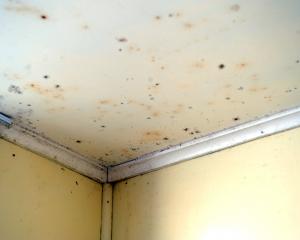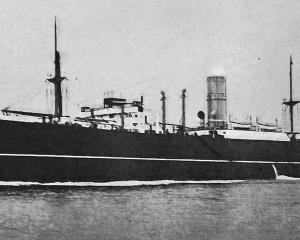The opening tomorrow of the stunning visitor and education centre at the Orokonui Ecosanctuary caps off a remarkable project that has been a quarter of a century in the making.
It would be difficult to imagine a more creative statement of intent and reflection of the values behind the ecosanctuary.
The centre, designed by award-winning Dunedin architect Tim Heath, rises like a glass-hulled ship off the Orokonui hillside below the Blueskin Rd on the scenic route between Port Chalmers and Waitati.
The $2.2 million environmentally sustainable visitor centre is constructed from shipping containers linked by a glass atrium and features double glazing, concrete slab construction, solar hot water, natural ventilation and its own rainwater and wastewater treatment systems.
The centre also includes information panels, a cafe, a gift shop and the Otago Daily Times education centre.
Dr Ralph Allen has referred to the building as "our cathedral"; it is certainly a testament to the dedication of a large band of volunteers and energetic members of the Otago Natural History Trust - of which Dr Allen is the chairman - and to the contributions, financial and otherwise, of other members of the community.
It is also an immeasurably valuable asset to the region, for the Orokonui Ecosanctuary enhances Dunedin's reputation as a major ecotourism destination.
To recap, the 307ha ecosanctuary includes 230ha of conservation land that has been given the highest category of protection - that of "Nature Reserve".
Forest within the reserve is about 100 years old, with isolated pockets much older.
In an area prone to cloud and fog, the reserve contains a rich diversity of "cloud forest" tiers and species - including kaikawaka, one of the two native New Zealand cedars capable of providing a suitable habitat for rare birds such as kakapo.
Native wildlife species include the South Island tit, the South Island rifleman, brown creeper, bellbird, grey warbler, fantail and others.
As such, the ecosanctuary complements the marine attractions of, in particular, the Otago Peninsula with a forest wildlife experience.
The site is enclosed by a specialised pest-exclusion fence with a mesh sufficiently fine to prevent even tiny mice from gaining entrance.
It is just under two metres tall and 10km long.
Rats, stoats and possums have been removed during an intensive pest eradication programme.
The trust hopes to bring back to the area kiwi, tuatara, saddleback, kaka and kakariki.
But as the visitor centre signals, the ecosanctuary is not just about the restoration of coastal forest and reintroduction of native bird species.
It is as much a place of learning - about conservation and the natural heritage of Otago - where long exiled wildlife can be conserved, observed and experienced.
As a tourism asset, the ecosanctuary not only provides a further reason to visit the region, but a boon to the number of visitor nights: another must-see on the visitor intinerary will keep tourists here longer and add to Dunedin's growing reputation for native wildlife.
In addition, the centre provides employment opportunities and will add to a cluster of off-site facilities able to be used by appropriate disciplines at the University of Otago.
Just as the Portobello Aquarium attracts marine biologists from around the country - and indeed the world - the existence of the ecosanctuary should prove a magnet for research ecologists and others seeking to study the science of pest-free ecological restoration.
With the education centre designed among other things to host school parties, it will also help to instill at an early age an appreciation for the values of the natural world that are, in these fast and loose modern times, all too often overlooked.
Dr Allen, trust members, Mr Heath - who with the visitor centre building enhances his reputation as one of the country's foremost eco-architects - and the benefactors, volunteers and supporters who have made the dream possible are to be congratulated.












